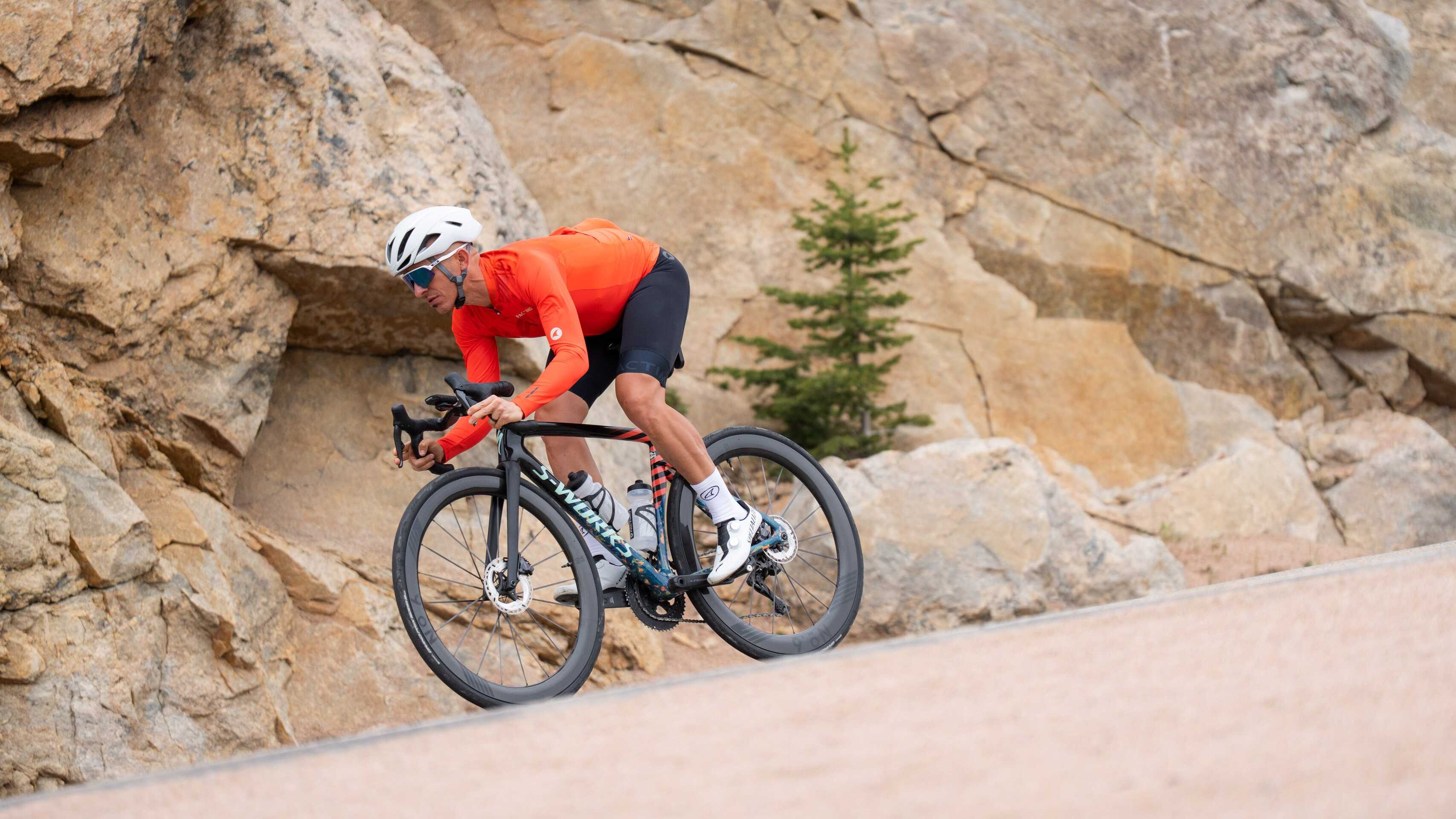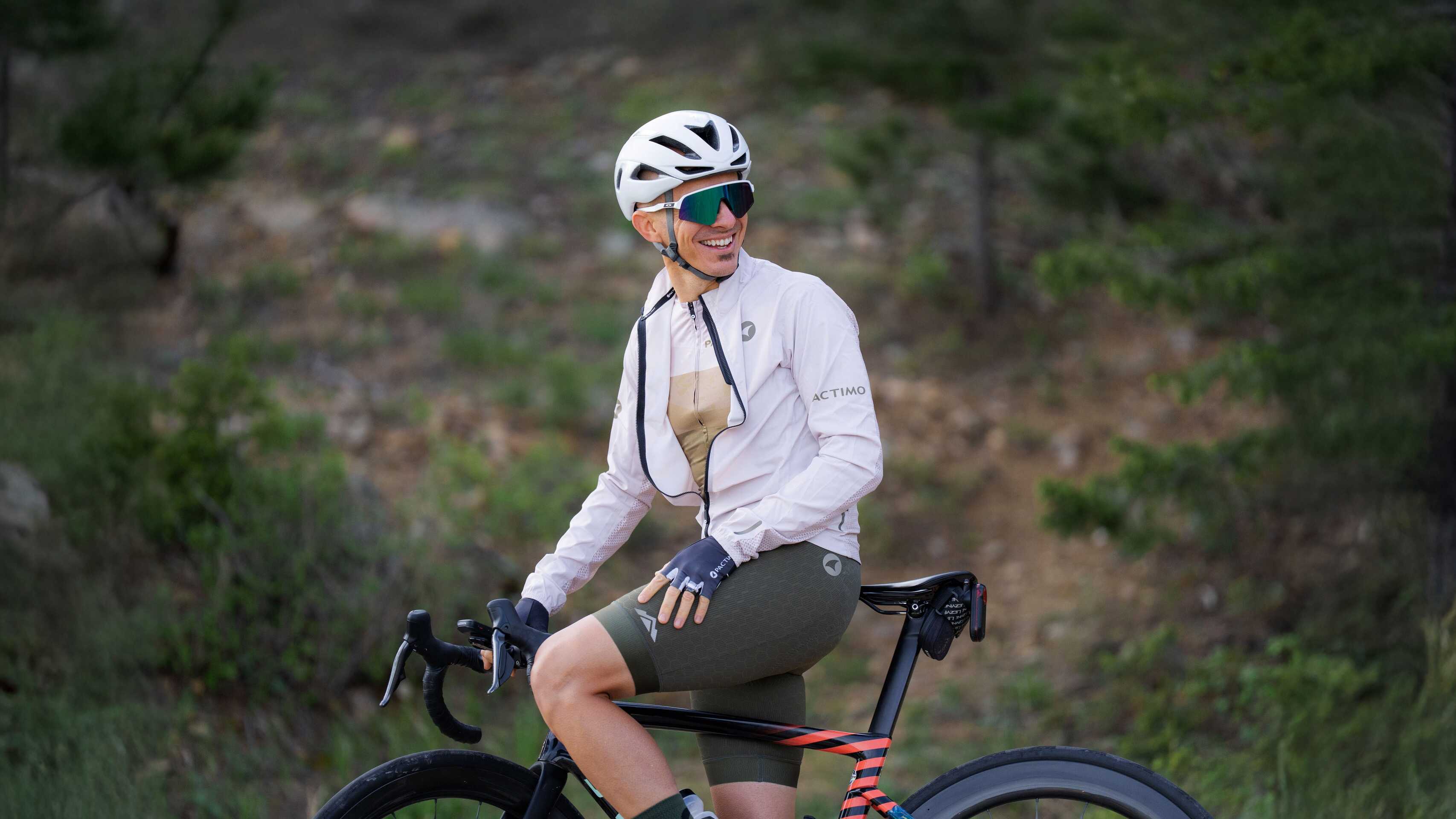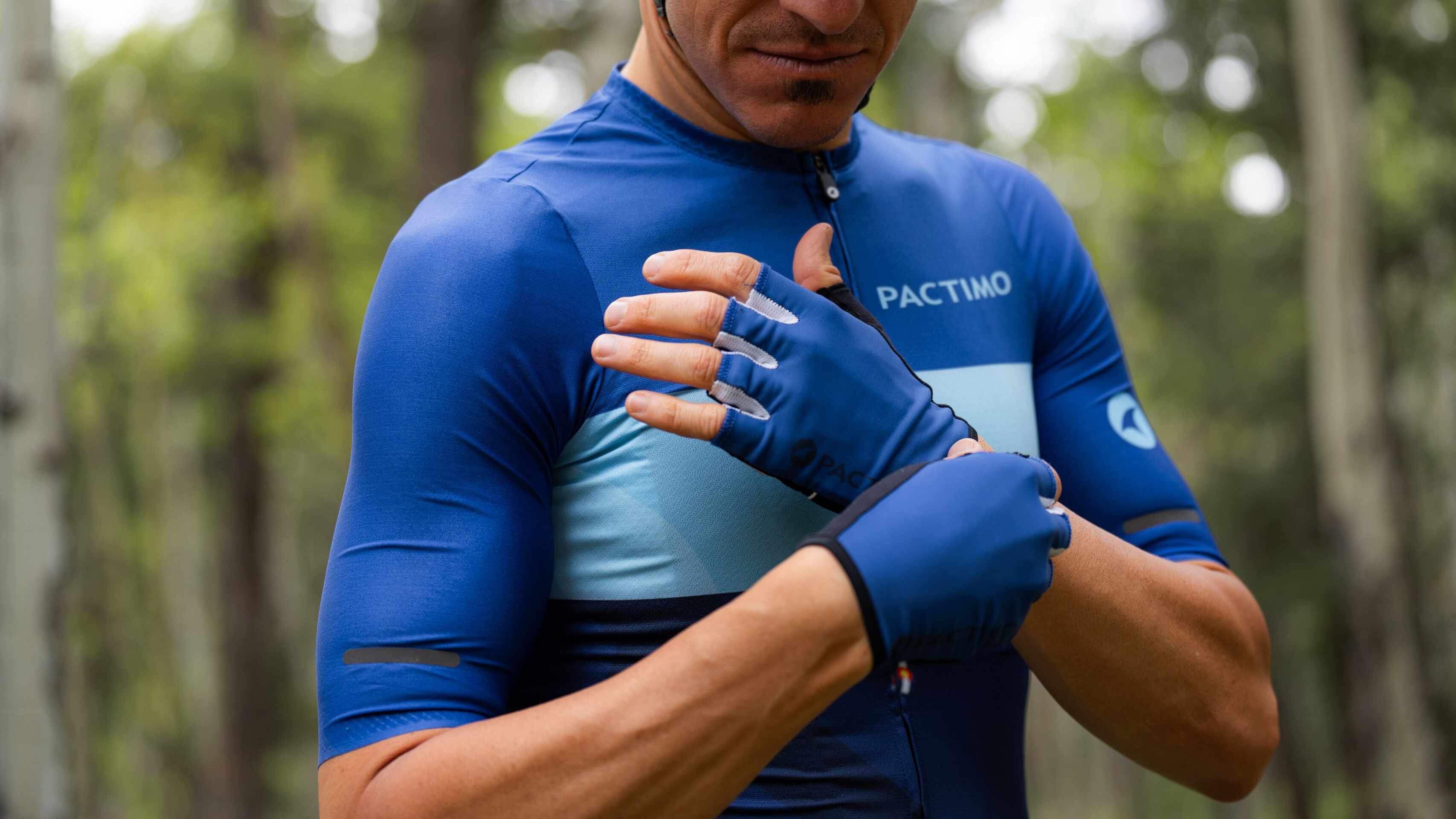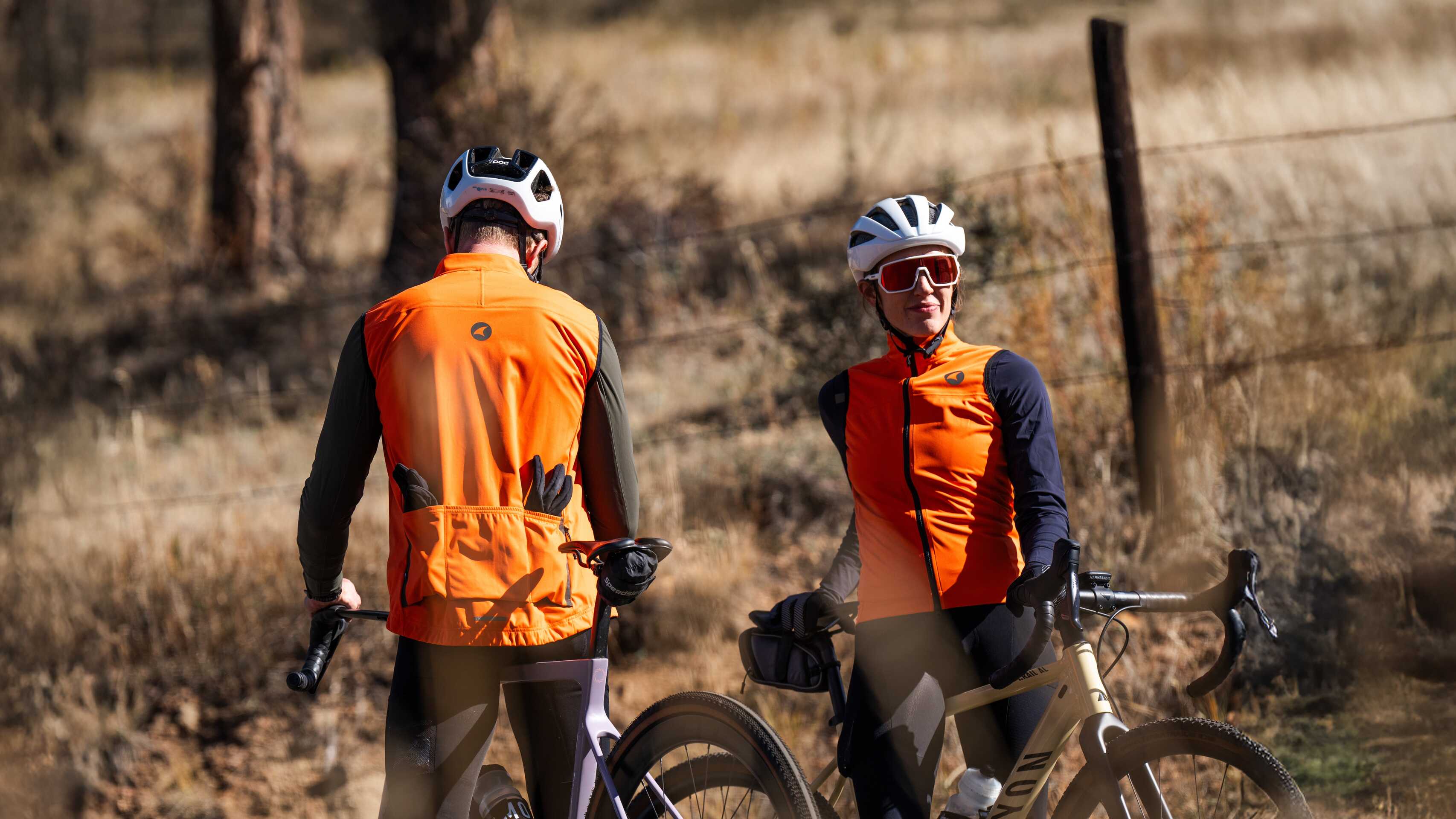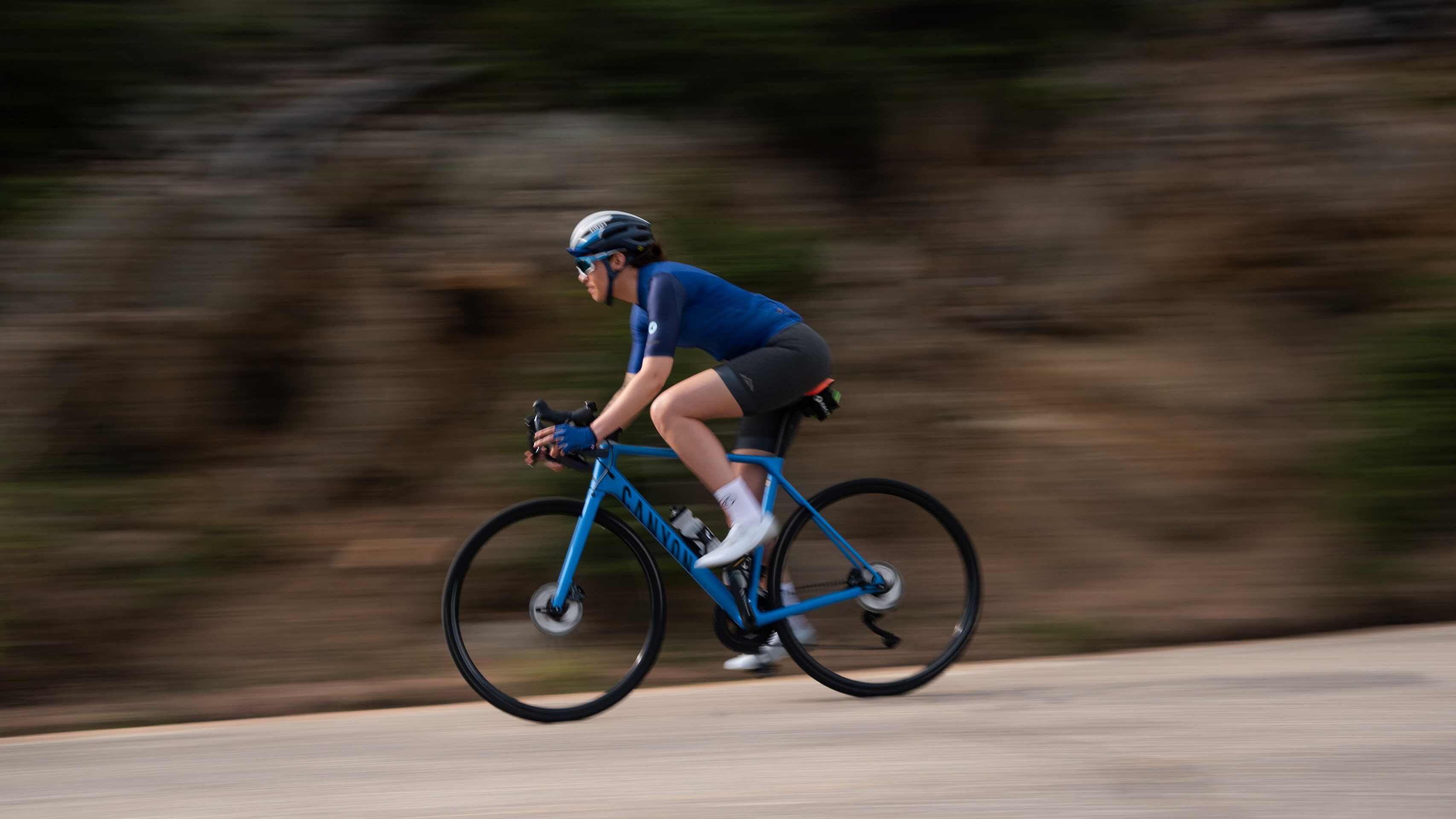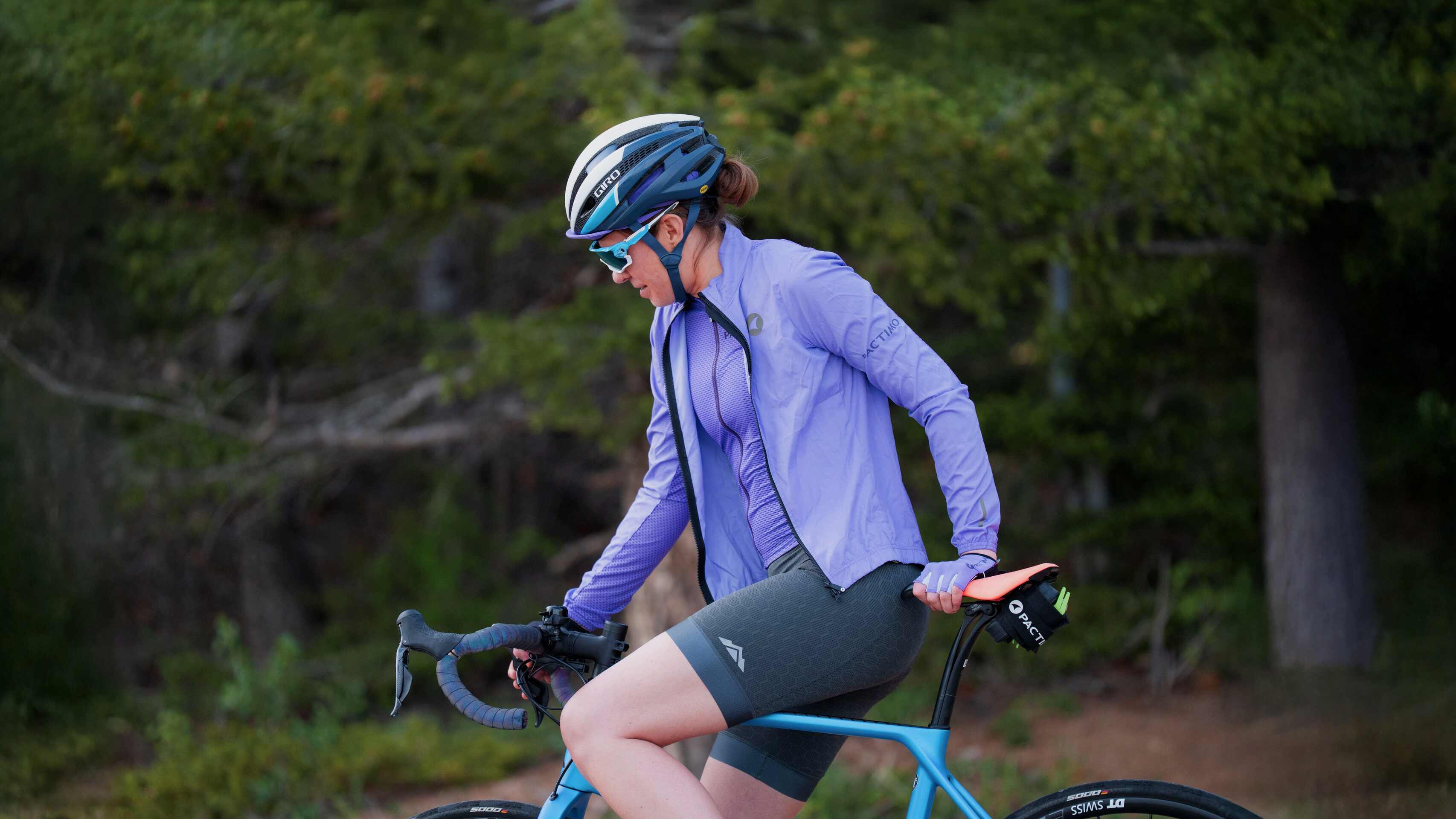Communication between coach and athlete should be a two-way street.
by Alison Powers, ALP Cycles Coaching
Each month, the ALP Cycles Coaching get together for a coaches meeting. We discuss training, ask each other questions, throw around ideas, plan events, come up with ways to take over the world, etc.
In October, we gave each other homework: we had to research a topic that we wish we knew more about as coaches and then we would present it to each other. This way, we get to not only learn the topic we wish we knew better, but 3 additional topics that would add to our coaching knowledge and know how. Below are our "coach learnings".
Cyclocross Training - written and researched by Ruth Winder
Cyclocross is all about short power and skill. I've been a track and road racer most of my career, so far, with a bit of mountain biking here and there. Learning to balance the short intense efforts with recovery during race season is a lot like track racing. I've been taking my knowledge from track and learning how to apply it to a CX racer. With so much racing, first its important to make sure you recover during the week. Mid-week, keep the legs open and ready to go again with some shorter efforts before your openers for the weekend. Remember to practice your skills: at the end of the day it doesn't matter how fast you are if you can't handle your bike well.
Coach/athlete Communication - written and research by Patricia Schwager
Communication between coach and athlete should be a two-way street. Some of my athletes reach out often and ask questions or send me feedback which is pretty much the ideal coach/athelete relationship. But often times, athletes sturggle with communication and in reality, it is up to me (the coach) to ask the athletes how things went at the race, how their training is going, how they are feeling, etc. I learned to reach out to my athletes before a race, send them a quick note with good luck and some last advice. I provide them feedback or advice based on notes I see in their TrainingPeaks files. Or in case there is simply no feedback at all, I will ask questions in their TrainingPeaks files like: how did you feel in this workout? Why did you not do this ride/session? Were you feeling tired today?
Remember your coach is here to answer your questions and give you advice! The more feedback an athlete is providing, the easier it is for a coach to get to know the athlete and to work with an athlete. Communication is key for a good coach - athlete relationship!
Sport Science - written and researched by Jennifer Sharp
It's a little out of character that given my background with communications and journalism that I picked science. Know your strengths and practice your weaknesses, right? I want to make sure our athletes are getting the very most out of their training by using current coaching methodologies as well as seeing what the new gadgets are out on the market for tracking them. Fellow coach and Boulder resident, Colby Pearce showed off his Whoop monitor that tracks optimizes performance. He's been using it for over a year and believes the information it provides could be of real value to serious athletes. This tool tracks heart rate variability, sleep quality, resting heart rate, additional stressors and more to optimize recovery. If you're ready to take your training and more importantly, recovery, to the next level - check out more information on it here: www.whoop.com. This could very well be the tracking wavy of the future...

Training Plan Design - Written and researched by Alison Powers
For my "coaching learning" homework, I wanted to learn about training plan design. I often wondered how other coaches planned their athletes training, builds, recovery, peaks, etc.
The day I was getting ready to reach out to friends, who are also coaches, to see if I coudl pick their brains about how they develop a training plan, I had 4 athlete phone calls. All 4 female and all 4 training and racing Cyclocross. But the similarities ended there. Although all 4 riders were training for CX, each had a very different work schedule, race schedule, and most importantly, things they needed to work on and improve. One rider needed to work on improving leg strength so she could have better power on courses with grass. Another rider admitted that she was breaking going into every turn. So we added cornering drills to build confidence and speed into her plan. One rider admitted that she was breaking going into every turn. So we added cornering drills to build confidence and speed into her plan. One rider was fading at the end of races, so she needed to work on her repeatability at hard efforts, so she could finish strongly. And, for the last rider, every time she got off her bike to run, it killed her legs. We needed to add some foot work and CX specific running to her training plan. Right then and there is when I figured out that it didn't matter how other coaches planned training for their athletes. What matters is the athlete. Each athlete has different things they need to work on, different life schedules, different recovery speeds, etc. Workouts need to be specific and leave no grey areas. Because of this athlete variability, no two training plans can ever be the same. Knowing this, I have renewed confidence in my own training plan design and all of us ALP coaches.
A few things I did learn and will start incorporating: Workout Builder in TrainingPeaks. By taking the time to build workouts for each athlete, we can see estimated IF and TSS for each ride and workout. With this info, we can better plan for peak performance and/or optimal recovery.
Thanks to some updates to TrainingPeaks, we can now see the difference between Heart Rate TSS and Power TSS. This is especially helpful in CX and mountain bike racing and training as HR can stay elevated while the athlete runs, coasts through technical terrain, and/or corners and this can dramatically change TSS and recovery post ride/race.
Thanks to doing a little homework and research, I have learned to have more confidence in my own coaching and planning ability and have learned how to use more tools to help our ALP athletes.
We hope you can use this knowledge to better plan, design, and monitor your own training and recovery.
